My Final Trip Report on Luang Prabang
This week, I have one more report from the magical former royal capital of Laos, Luang Prabang. I’m continuing from the previous two reports on the town and the elegant Amantaka resort, along with a series of black and white photographs of Buddhist ceremonies and meditations by the great German photographer, Hans Georg Berger. Scroll down this report and you’ll find these two previous stories.
Now I’m perched on a terrace on Phou Vao hill overlooking Luang Prabang with misty jungle views for miles. The mingled scents of jasmine and frangipani shimmer in the air.
Hidden in a tropical garden alive with birdsong, the small luxury hotel La Résidence Phou Vao is my final stop on this Laos adventure.
La Résidence Phou Vao, just thirty-two suites and beautifully tranquil, is surrounded by serene green views of the surrounding region, with glimmers of the Mekong River in the far distance. It’s a perfect perch from which to watch the clouds go by.
Come with me for one last walk around Luang Prabang, capture the books list of essential reading, find out about the children’s charities I support here, and dream of a visit soon.
There’s lots of inspiration, essential insider information, so make a cup of hot chocolate, or pour a glass of perfectly chilled PulignyMontrachet and come on a trip into remotest Southeast Asia.
It’s true in Morocco, and it’s true in Cambodia, and it is certainly true in Luang Prabang, which was part of French Indo-China for sixty-one years. La Résidence Phou Vao captures that feeling.
Thanks to its UNESCO protection, charming traces of colonial life and times in Luang Prabang linger on, a palimpsest of history and myths and legends and gentle Laotian life (and tragic decades) overwritten.
Luang Prabang was the genteel royal capital of Laos for many years, until the royal family were sent for ‘re-education’ and died. The royal palace is now a museum, and few signs of the royal history are evident—except for perhaps a certain elegance to many colonial buildings, museums and temples.
Luang Prabang, a rare and delightful paradise, became a UNESCO World Heritage site in 1995. Perched above the confluence of the Mekong and Nam Khan rivers, this charming time-warp town retains its colonial charm and at the same time its 67 temples and orange-robed Buddhist monks emphasize its inherent Buddhist living history.
In 1909, Martha Bassenne, the wife of a French colonial doctor, kept a diary as she traveled up the Mekong River from Vientiane to attend a festival in Luang Prabang. Laos, she wrote was "the refuge of the last dreamers, the last loved ones, the last troubadours". Now just over 100 years later, Laos and Luang Prabang are still authentic entrancing – and pure discovery. And if you travel there in the off-seasons (fall and spring) you’ll avoid the distraction of tourists, traffic. Don’t go in summer heat, and winter can be cool. But the end of the ‘rainy season’ is quiet and lovely.
The exterior bows to regional temple architecture, with strongly delineated rooflines, dark timbers, and white-plastered hotel buildings that spill down the hill as if they had grown there organically. Fragments of old stone carvings ornament one end of the pool terrace. There is an enveloping sense of place, and it’s a little mysterious.
Orient-Express took over management in 2006, so the hotel feels at once site-specific and very worldly. It’s perfectly scaled, and attention has been paid to the acres of gardens, with waterlily ponds, private cabanas, and places to be alone.
Guests drive up a long winding private road through the jungle, and arrive in a magical clearing—to be swept into the cool interior with architecture by Francois Greck, an architect based in Laos.
Beyond the entry and foyer, decorated with Laotian architectural symbols and carved stone holy animals, the infinity pool comes into view.
The welcome is warm, and it’s lovely to meet Laotian staff, all well versed in making a guest feel welcome. One duty manager, a very articulate young man from a local village, exuded charm and knowledge, and immediately suggested less-traveled places to see, activities, and remote temples to visit. I was captivated.
Suites, with white plaster walls and polished rosewood floors, are a cool haven. Beds and sofas are covered with natural linen and white cotton, and the four-poster bed has an airy mosquito net, so romantic.
I did not see a mosquito. The hotel is very diligent about ‘fogging’ the gardens and keeping critters away.
La Résidence Phou Vao is the kind of small property that keeps a guest close.
I wandered down to the spa (I heard it was the first full-service spa in Laos), and decided to find a shady spot beneath an umbrella near the reflecting pool. The eye gazes over the pool and flickering palm fronds to the landscape with shadows passing across distant mountains. I put my book down and watched clouds, sunlight catching hilltop temples, a bright yellow butterfly.
Eventually I accepted the invitation for a tuk-tuk trip into town.
I headed to Le Café Ban Wat Sene on Sakkaline Street. It’s a kind of chic but quiet café with a terrace, very casual, with interesting characters, excellent coffee and iced drinks, lovely tarts and pastries, handsome waiters. WiFi, newspapers, magazines, books are all there.
Some friends dropped by. They were heading to a waterfall. Hmm, no thank you. The following day they would be going to an elephant camp. Thank you so much, but it’s not my thing. I wanted to stay and experience, deeply, this lovely temple-adorned town.
A group of saffron-robed monks walked by carrying bright yellow umbrellas. I watched them pass, saw the sun glow on a temple carving, heard children walking home from school, gazed at the passing scene, felt the air, the light.
This part of town in the off-season sees few tourists. Perfect.
The hotel at night is lit with candles and feels like a festival. In the evenings, the hotel offers private candlelit dinners in a remote corner of the garden. Romantic dinners with 500 candles.
I met friends from Australia for a drink. The evening drifted on and for a brief moment, a rainstorm flung clouds and wind. In the tropics you want to see that. Then it was all over, with just a few white frangipanis blown onto the surface of the pool.
I could have stayed at La Résidence Phou Vao hotel for days. It is delightful in every way. I did not want to leave. But eventually, there was a prop plane waiting at the new Luang Prabang airport, and I flew on to Bangkok, just over an hour to the southwest.
Publisher: White Lotus Press
In my recent travels in Cambodia, Burma, and Laos and Thailand, I was fortunate to discover White Lotus Press, based near Bangkok.
This is an outstanding company that re-edits and publishes obscure and out-of-print books on the region. Some are in French.
‘In Laos and Siam’ by Marthe Bassenne. The 1909 diary of a French woman during a trip up the Mekong to Luang Prabang and back through Siam. The Mekong and the Lao jungles were wild and unpredictable and this trip to experience the New Year festivities in Luang Prabang is full of adventures with local people and wild nature.
The White Lotus Press has many more rare books. Highly recommend.
Essential Books and Travel Preparation
The most rewarding books I read in preparation for my trip to Luang Prabang were guide books, as well as small-press books like those from White Lotus Press, which publishes new and out-of-print books on Asia, including academic and research books on every topic under the sun. www.whitelotuspress.com
A tip: find the right travel guides for your style of travel and interests. I’m especially interested in historic architecture, history, places rich in culture, art galleries, authentic neighborhoods, places where tourist never step, so the Dorling Kindersley guides provide me with rich details, diagrams, maps, style, top sites with historical and biographical interest.
I often double-check against Rough Guides (which is more backpacker) and in contrast refer to chic travel sites like Indagare (I’ve written for this excellent travel website), and local and regional sites for background.
Year-round I read travel magazines like British Conde Nast Traveler, and Departures, and I check out Travel & Leisure for new information. Then I tailor it to my particular focus. The Financial Times Weekend offers travel features, and its Where To Spend It magazine travel features are always ahead of the crowd.
Books for Laos
‘Cambodia and Laos’ from the excellent and detailed Eyewitness Travel guide series by Dorling Kindersley (2011). (Knopf).
The Eyewitness series focuses on architecture, history, culture and highlights. Useful for planning and reference.
‘Ancient Luang Prabang’ by Denise Heywood (River Books 2006).
An especially informative guide to the sacred temple architecture, important buildings, textiles and other living arts and crafts, costumes. Highly recommend for architects and designers.
‘Hidden Luang Prabang’ A Manual for the Refined and Curious Traveler by Hans George Berger. (Anantha Publishing). This illustrated fold-out book includes an excellent map of the temples of Luang Prabang.
‘A Fortune-Teller Told Me’ by Tiziano Terzani (Three Rivers Press 2007). Thoughtful and insightful memoir of traveling in Asia, and features Lang Prabang.
‘A Dragon Apparent Travels in Cambodia, Laos and Vietnam’ by Norman Lewis (first published in 1951). (Eland Press). The English travel writer explored Indochina in the forties and fifties. Useful for background and a sense of place.
The Dr. Siri Paiboun series of detective novels by Colin Cotterill. Highly recommended. I started reading this charming and highly original series some years ago when I first started thinking about Laos. These detective novels are set in seventies Laos, when the I highly recommend that you read them in sequence as the story lines continue from one book to the next. One thing I discovered about the author—Colin—he supports, whole-heartedly, children’s literacy in Laos. So buying his books means also supporting young children and their fragile early education.
Where to find the devotional work of Hans Georg Berger: Many of his photographs are in the Amantaka Collection, and can be viewed at the Amantaka hotel in Luang Prabang. He's also collected by MOMA in New York and museums around the world. Ask to speak to Berenice Olmedo there. She manages and directs the collection and potential acquisitions. The hotel also has a library with Berger’s books.
His books can also be found at Monument bookshop in Luang Prabang, and at several of the town cafés.
www.hansgeorgberger.de
www.amanresorts.com/amantaka/
To get a sense of where everything is—and what you want to re-visit, ask your tuk-tuk driver to scope up and down the main streets, check out where the best shopping is found, and some temples. Then you can walk anywhere.
Teaching Local Children: My Favorite Cause
Luang Prabang houses an array of libraries, schools, and teaching projects for eager young Laotian students. Most of the population is under 20. Many of these groups are supported by American foundations. I particularly admired the following two groups.
The Language Project, situated near L’Elephant (the top restaurant in town) teaches English language skills, computer technology, and filmmaking to local students. Visitors can help by (with permission) chatting with groups there who can practice their English. Most inspiring. I often dropped in. Carol Kresge, the kindly director, originally from the mid-West, runs a tight ship and students here become highly skilled, some of them getting excellent jobs (I encountered a former student now a very confident and charming duty manager at La Résidence Phou Vao) or studying abroad with assistance from US education initiatives.
I loved meeting these motivated students.
www.thelanguageproject.org
Big Brother Mouse, near Wat Nong, has the goal of literacy, teaching young children to read English and Lao. It publishes illustrated books for children in Lao and English and has many projects to promote literacy, learning, language skills and confidence in speaking Lao and English.
This group also loves to have travelers drop in after 5pm to join conversation groups, to speak to students, to inspire, chat and practice English. Most inspiring. I would stop in, gather around the table, and chat to whoever was there. I asked them lots of questions—Where do you live? What are your plans? What jobs would you like? Where will you live? Many young students planned to continue higher education in the US. (The US AID programs are eager to help.)
www.bigbrothermouse.com
This is my final report on Luang Prabang.
Onward to the next adventure, and now for lots of work in San Francisco. I'm at work on an exciting book project.
I’d love to know where you are traveling next—and where you dream of traveling. Send me your thoughts!
Next week: some exciting and exclusive design news. You will read about it here first.
CREDITS:
This week, I have one more report from the magical former royal capital of Laos, Luang Prabang. I’m continuing from the previous two reports on the town and the elegant Amantaka resort, along with a series of black and white photographs of Buddhist ceremonies and meditations by the great German photographer, Hans Georg Berger. Scroll down this report and you’ll find these two previous stories.
Now I’m perched on a terrace on Phou Vao hill overlooking Luang Prabang with misty jungle views for miles. The mingled scents of jasmine and frangipani shimmer in the air.
Hidden in a tropical garden alive with birdsong, the small luxury hotel La Résidence Phou Vao is my final stop on this Laos adventure.
La Résidence Phou Vao, just thirty-two suites and beautifully tranquil, is surrounded by serene green views of the surrounding region, with glimmers of the Mekong River in the far distance. It’s a perfect perch from which to watch the clouds go by.
Come with me for one last walk around Luang Prabang, capture the books list of essential reading, find out about the children’s charities I support here, and dream of a visit soon.
There’s lots of inspiration, essential insider information, so make a cup of hot chocolate, or pour a glass of perfectly chilled PulignyMontrachet and come on a trip into remotest Southeast Asia.
La Résidence Phou Vao
My friend Denise had stayed at this tropical-style 32-room hotel some years ago, and her description of it, “so peaceful, impeccably managed, lovely staff” had stayed in my memory. So after my first days in Luang Prabang at the wonderful Amantaka, I had scheduled to travel just a mile north. I would experience Luang Prabang from a new perspective.If You Are Looking for Style When You Travel, Follow the French
In my wanderings around the globe, I have learned many things of value. One of them is that if you are passionate about authentic architecture, vital culture, refined cuisine, style, of course, and archaeology and history you must ‘follow the French’.It’s true in Morocco, and it’s true in Cambodia, and it is certainly true in Luang Prabang, which was part of French Indo-China for sixty-one years. La Résidence Phou Vao captures that feeling.
Thanks to its UNESCO protection, charming traces of colonial life and times in Luang Prabang linger on, a palimpsest of history and myths and legends and gentle Laotian life (and tragic decades) overwritten.
Luang Prabang was the genteel royal capital of Laos for many years, until the royal family were sent for ‘re-education’ and died. The royal palace is now a museum, and few signs of the royal history are evident—except for perhaps a certain elegance to many colonial buildings, museums and temples.
Luang Prabang, a rare and delightful paradise, became a UNESCO World Heritage site in 1995. Perched above the confluence of the Mekong and Nam Khan rivers, this charming time-warp town retains its colonial charm and at the same time its 67 temples and orange-robed Buddhist monks emphasize its inherent Buddhist living history.
In 1909, Martha Bassenne, the wife of a French colonial doctor, kept a diary as she traveled up the Mekong River from Vientiane to attend a festival in Luang Prabang. Laos, she wrote was "the refuge of the last dreamers, the last loved ones, the last troubadours". Now just over 100 years later, Laos and Luang Prabang are still authentic entrancing – and pure discovery. And if you travel there in the off-seasons (fall and spring) you’ll avoid the distraction of tourists, traffic. Don’t go in summer heat, and winter can be cool. But the end of the ‘rainy season’ is quiet and lovely.
Hillside Retreat
La Résidence Phou Vao resort (Phou Vao (hill of kites) is the name of the hill on which it stands) was designed by a French architect based in the region, so it has a charming and subtle French/Laotian sensibility. It’s modest, understated, and has a quiet mood that’s totally in sync with the culture.The exterior bows to regional temple architecture, with strongly delineated rooflines, dark timbers, and white-plastered hotel buildings that spill down the hill as if they had grown there organically. Fragments of old stone carvings ornament one end of the pool terrace. There is an enveloping sense of place, and it’s a little mysterious.
Orient-Express took over management in 2006, so the hotel feels at once site-specific and very worldly. It’s perfectly scaled, and attention has been paid to the acres of gardens, with waterlily ponds, private cabanas, and places to be alone.
Guests drive up a long winding private road through the jungle, and arrive in a magical clearing—to be swept into the cool interior with architecture by Francois Greck, an architect based in Laos.
Beyond the entry and foyer, decorated with Laotian architectural symbols and carved stone holy animals, the infinity pool comes into view.
The welcome is warm, and it’s lovely to meet Laotian staff, all well versed in making a guest feel welcome. One duty manager, a very articulate young man from a local village, exuded charm and knowledge, and immediately suggested less-traveled places to see, activities, and remote temples to visit. I was captivated.
Suites, with white plaster walls and polished rosewood floors, are a cool haven. Beds and sofas are covered with natural linen and white cotton, and the four-poster bed has an airy mosquito net, so romantic.
I did not see a mosquito. The hotel is very diligent about ‘fogging’ the gardens and keeping critters away.
La Résidence Phou Vao is the kind of small property that keeps a guest close.
I wandered down to the spa (I heard it was the first full-service spa in Laos), and decided to find a shady spot beneath an umbrella near the reflecting pool. The eye gazes over the pool and flickering palm fronds to the landscape with shadows passing across distant mountains. I put my book down and watched clouds, sunlight catching hilltop temples, a bright yellow butterfly.
Eventually I accepted the invitation for a tuk-tuk trip into town.
I headed to Le Café Ban Wat Sene on Sakkaline Street. It’s a kind of chic but quiet café with a terrace, very casual, with interesting characters, excellent coffee and iced drinks, lovely tarts and pastries, handsome waiters. WiFi, newspapers, magazines, books are all there.
Some friends dropped by. They were heading to a waterfall. Hmm, no thank you. The following day they would be going to an elephant camp. Thank you so much, but it’s not my thing. I wanted to stay and experience, deeply, this lovely temple-adorned town.
A group of saffron-robed monks walked by carrying bright yellow umbrellas. I watched them pass, saw the sun glow on a temple carving, heard children walking home from school, gazed at the passing scene, felt the air, the light.
This part of town in the off-season sees few tourists. Perfect.
“Sitting high on Wat Phousi hill in Luang Prabang in the golden peace of sunset, I looked down at the heart-stirring confluence of the small, impetuous Nam Khan River and the broad, majestic Mekong, and I thought of Siddhartha’s vision (as outlined in Herman Hesse’s ‘Siddhartha’) that the conjunction and mingling of muddy waters was like life, made up of many streams. Past, present and future were no longer distinguishable one from another: they were all there in the relentless flow.” — Tiziano Terzani, ‘A Fortune-Teller Told Me’ (Three Rivers Press, New York).
The Pleasure of a Perfect Hotel
Eventually I called a tuk-tuk to take me back to La Résidence Phou Vao, passing the night market and clusters of temples.The hotel at night is lit with candles and feels like a festival. In the evenings, the hotel offers private candlelit dinners in a remote corner of the garden. Romantic dinners with 500 candles.
I met friends from Australia for a drink. The evening drifted on and for a brief moment, a rainstorm flung clouds and wind. In the tropics you want to see that. Then it was all over, with just a few white frangipanis blown onto the surface of the pool.
I could have stayed at La Résidence Phou Vao hotel for days. It is delightful in every way. I did not want to leave. But eventually, there was a prop plane waiting at the new Luang Prabang airport, and I flew on to Bangkok, just over an hour to the southwest.
Books to Read: Learning About Laos and Luang Prabang
I received such enthusiastic comments about my BOOKS IN MY LIBRARY post last week on THE STYLE SALONISTE. Here on the blog and on Facebook (where I have 4,011 followers) and via personal emails, readers responded with requests for more posts on books, more lists of books, and more books for armchair travel. Here you go. With pleasure.Publisher: White Lotus Press
In my recent travels in Cambodia, Burma, and Laos and Thailand, I was fortunate to discover White Lotus Press, based near Bangkok.
This is an outstanding company that re-edits and publishes obscure and out-of-print books on the region. Some are in French.
‘In Laos and Siam’ by Marthe Bassenne. The 1909 diary of a French woman during a trip up the Mekong to Luang Prabang and back through Siam. The Mekong and the Lao jungles were wild and unpredictable and this trip to experience the New Year festivities in Luang Prabang is full of adventures with local people and wild nature.
The White Lotus Press has many more rare books. Highly recommend.
Essential Books and Travel Preparation
The most rewarding books I read in preparation for my trip to Luang Prabang were guide books, as well as small-press books like those from White Lotus Press, which publishes new and out-of-print books on Asia, including academic and research books on every topic under the sun. www.whitelotuspress.com
A tip: find the right travel guides for your style of travel and interests. I’m especially interested in historic architecture, history, places rich in culture, art galleries, authentic neighborhoods, places where tourist never step, so the Dorling Kindersley guides provide me with rich details, diagrams, maps, style, top sites with historical and biographical interest.
I often double-check against Rough Guides (which is more backpacker) and in contrast refer to chic travel sites like Indagare (I’ve written for this excellent travel website), and local and regional sites for background.
Year-round I read travel magazines like British Conde Nast Traveler, and Departures, and I check out Travel & Leisure for new information. Then I tailor it to my particular focus. The Financial Times Weekend offers travel features, and its Where To Spend It magazine travel features are always ahead of the crowd.
Books for Laos
‘Cambodia and Laos’ from the excellent and detailed Eyewitness Travel guide series by Dorling Kindersley (2011). (Knopf).
The Eyewitness series focuses on architecture, history, culture and highlights. Useful for planning and reference.
‘Ancient Luang Prabang’ by Denise Heywood (River Books 2006).
An especially informative guide to the sacred temple architecture, important buildings, textiles and other living arts and crafts, costumes. Highly recommend for architects and designers.
‘Hidden Luang Prabang’ A Manual for the Refined and Curious Traveler by Hans George Berger. (Anantha Publishing). This illustrated fold-out book includes an excellent map of the temples of Luang Prabang.
‘A Fortune-Teller Told Me’ by Tiziano Terzani (Three Rivers Press 2007). Thoughtful and insightful memoir of traveling in Asia, and features Lang Prabang.
‘A Dragon Apparent Travels in Cambodia, Laos and Vietnam’ by Norman Lewis (first published in 1951). (Eland Press). The English travel writer explored Indochina in the forties and fifties. Useful for background and a sense of place.
The Dr. Siri Paiboun series of detective novels by Colin Cotterill. Highly recommended. I started reading this charming and highly original series some years ago when I first started thinking about Laos. These detective novels are set in seventies Laos, when the I highly recommend that you read them in sequence as the story lines continue from one book to the next. One thing I discovered about the author—Colin—he supports, whole-heartedly, children’s literacy in Laos. So buying his books means also supporting young children and their fragile early education.
The Remarkable Images of Hans Georg Berger
Two weeks ago, I wrote a special blog post about the great photographer, Hans Georg Berger, who has devoted his life to photographing sacred places and spiritual life around the globe. Click here to see the post in case you missed it. He has spent 24 years photographing the monks and temples of Luang Prabang, and is devoted also to saving and protecting historic archives of images of Buddhism that has been practiced for four centuries in Luang Prabang.“The (quite mysterious) feeling of peace and serenity that one can so often feel in Luang Prabang is a gift of the Buddha's message. It is here that this Theravada message penetrated deeply into people's everyday life - not so much in doctrine - but in their life, this teaching of peace and renunciation is indeed very present. And we do feel it. In their way, they have overcome very, very difficult times, they have been victorious.” — Comment December 9, 2013, by Hans George Berger, the great photographer of spiritual life in Luang Prabang,
Where to find the devotional work of Hans Georg Berger: Many of his photographs are in the Amantaka Collection, and can be viewed at the Amantaka hotel in Luang Prabang. He's also collected by MOMA in New York and museums around the world. Ask to speak to Berenice Olmedo there. She manages and directs the collection and potential acquisitions. The hotel also has a library with Berger’s books.
His books can also be found at Monument bookshop in Luang Prabang, and at several of the town cafés.
www.hansgeorgberger.de
www.amanresorts.com/amantaka/
Final Notes
Practical: Luang Prabang is a small town; flat mostly, and easy to walk around. Hidden lanes lead down to the river. I don’t recall seeing any street signs, so I’m not including street addresses.To get a sense of where everything is—and what you want to re-visit, ask your tuk-tuk driver to scope up and down the main streets, check out where the best shopping is found, and some temples. Then you can walk anywhere.
“Luang Prabang lies at the end of a long, curling descent from the mountains and through smoking bamboo groves, on the banks of the Mekong. A main street has turnings down to the river on each side and a pagoda at every few yards, with glittering roof and doors and pillars carved with a close pattern of gilded and painted designs. There is an infallible sense of color, a blending of old gold and turquoise and of many grays.” — Norman Lewis ‘A Dragon Apparent’ (Eland, London, first published in 1951).
Teaching Local Children: My Favorite Cause
Luang Prabang houses an array of libraries, schools, and teaching projects for eager young Laotian students. Most of the population is under 20. Many of these groups are supported by American foundations. I particularly admired the following two groups.
The Language Project, situated near L’Elephant (the top restaurant in town) teaches English language skills, computer technology, and filmmaking to local students. Visitors can help by (with permission) chatting with groups there who can practice their English. Most inspiring. I often dropped in. Carol Kresge, the kindly director, originally from the mid-West, runs a tight ship and students here become highly skilled, some of them getting excellent jobs (I encountered a former student now a very confident and charming duty manager at La Résidence Phou Vao) or studying abroad with assistance from US education initiatives.
I loved meeting these motivated students.
www.thelanguageproject.org
Big Brother Mouse, near Wat Nong, has the goal of literacy, teaching young children to read English and Lao. It publishes illustrated books for children in Lao and English and has many projects to promote literacy, learning, language skills and confidence in speaking Lao and English.
This group also loves to have travelers drop in after 5pm to join conversation groups, to speak to students, to inspire, chat and practice English. Most inspiring. I would stop in, gather around the table, and chat to whoever was there. I asked them lots of questions—Where do you live? What are your plans? What jobs would you like? Where will you live? Many young students planned to continue higher education in the US. (The US AID programs are eager to help.)
www.bigbrothermouse.com
This is my final report on Luang Prabang.
Onward to the next adventure, and now for lots of work in San Francisco. I'm at work on an exciting book project.
I’d love to know where you are traveling next—and where you dream of traveling. Send me your thoughts!
Next week: some exciting and exclusive design news. You will read about it here first.
CREDITS:
Images of La Residence Phou Vao courtesy Orient-Express.
www.residencephouvau.com
Images of Luang Prabang town and temples by Diane Dorrans Saeks.
Black and white images of Buddhist monks and meditation and ceremonies by Hans George Berger, used with express permission. www.hansgeorgberger.de
Images of Luang Prabang town and temples by Diane Dorrans Saeks.
Black and white images of Buddhist monks and meditation and ceremonies by Hans George Berger, used with express permission. www.hansgeorgberger.de
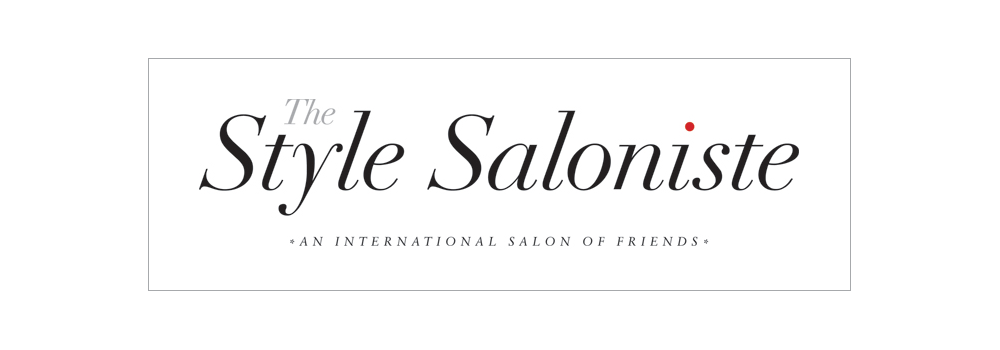
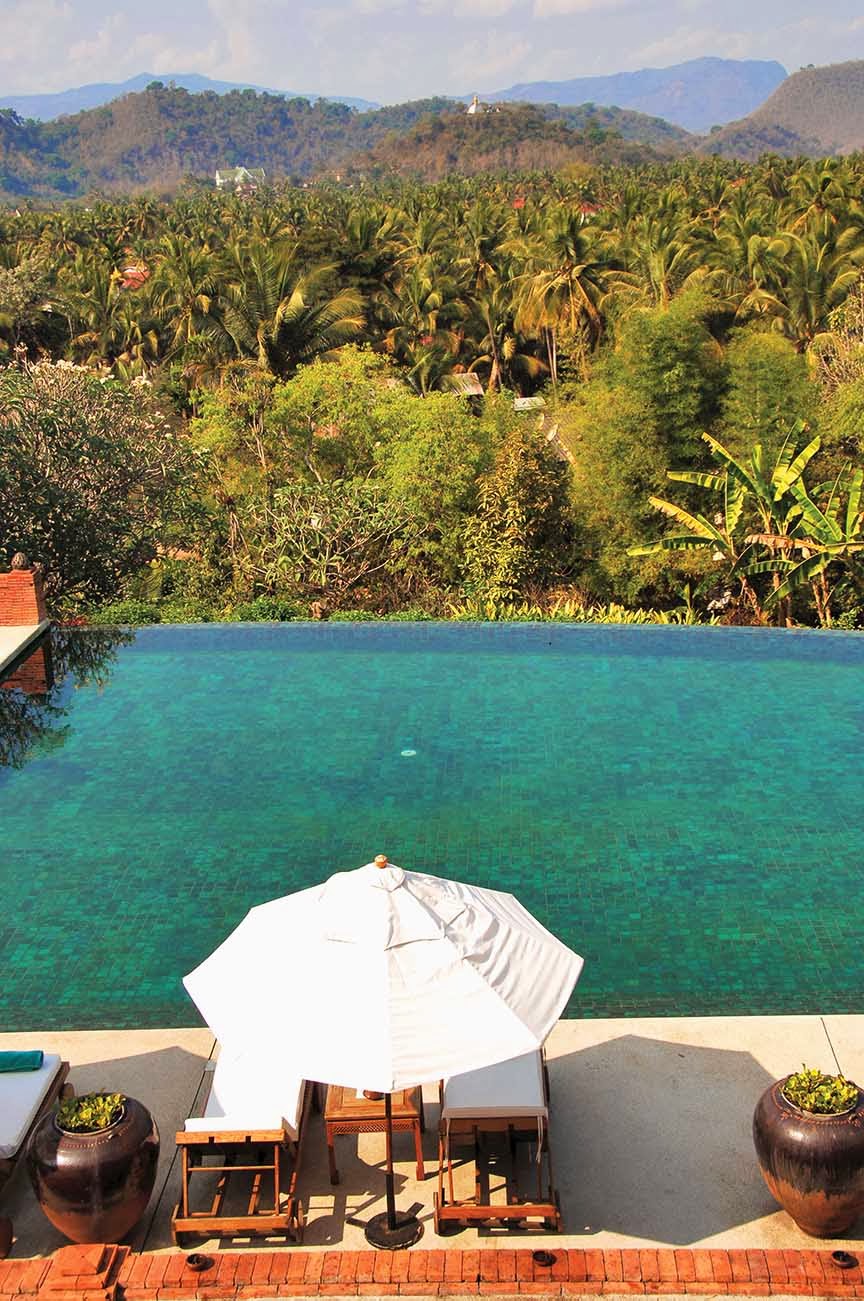





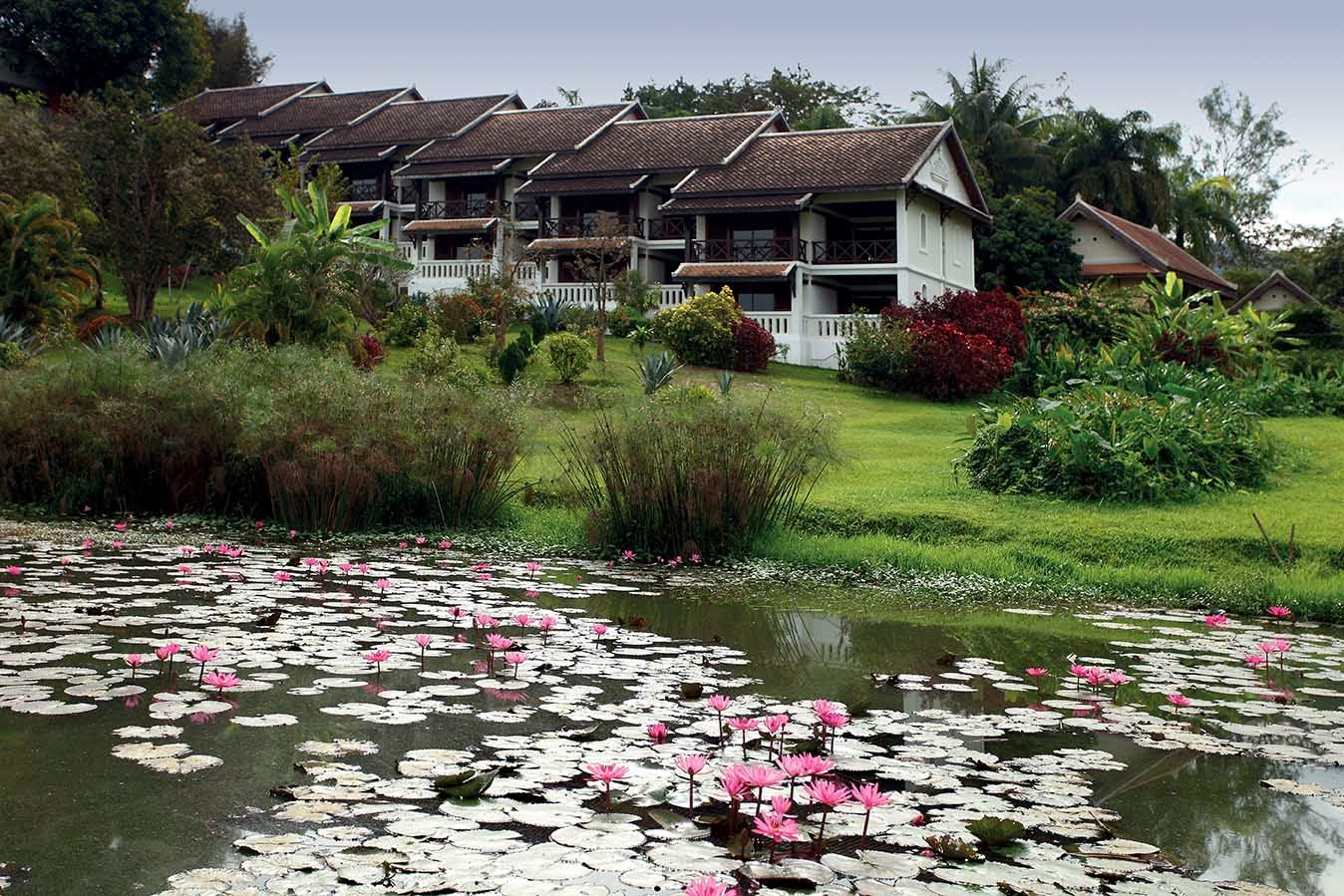
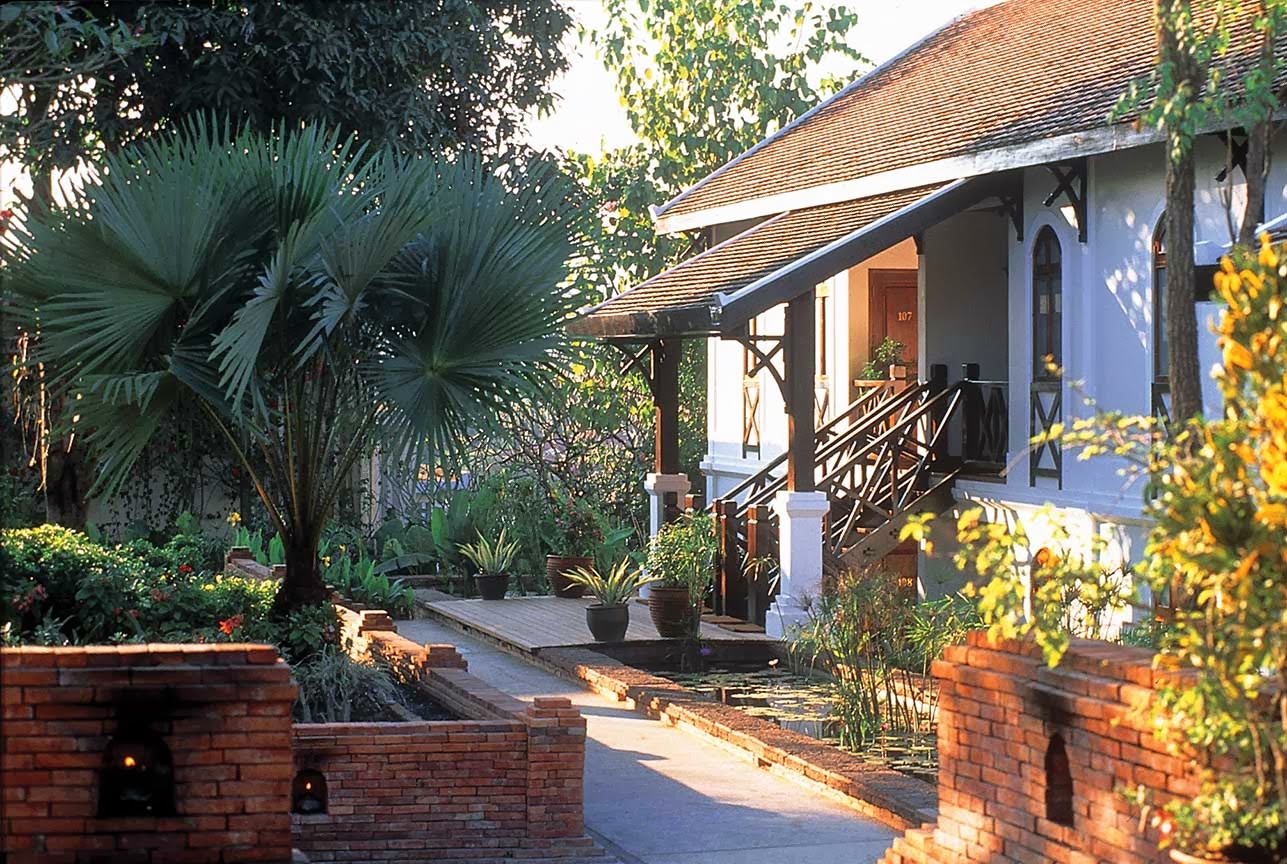



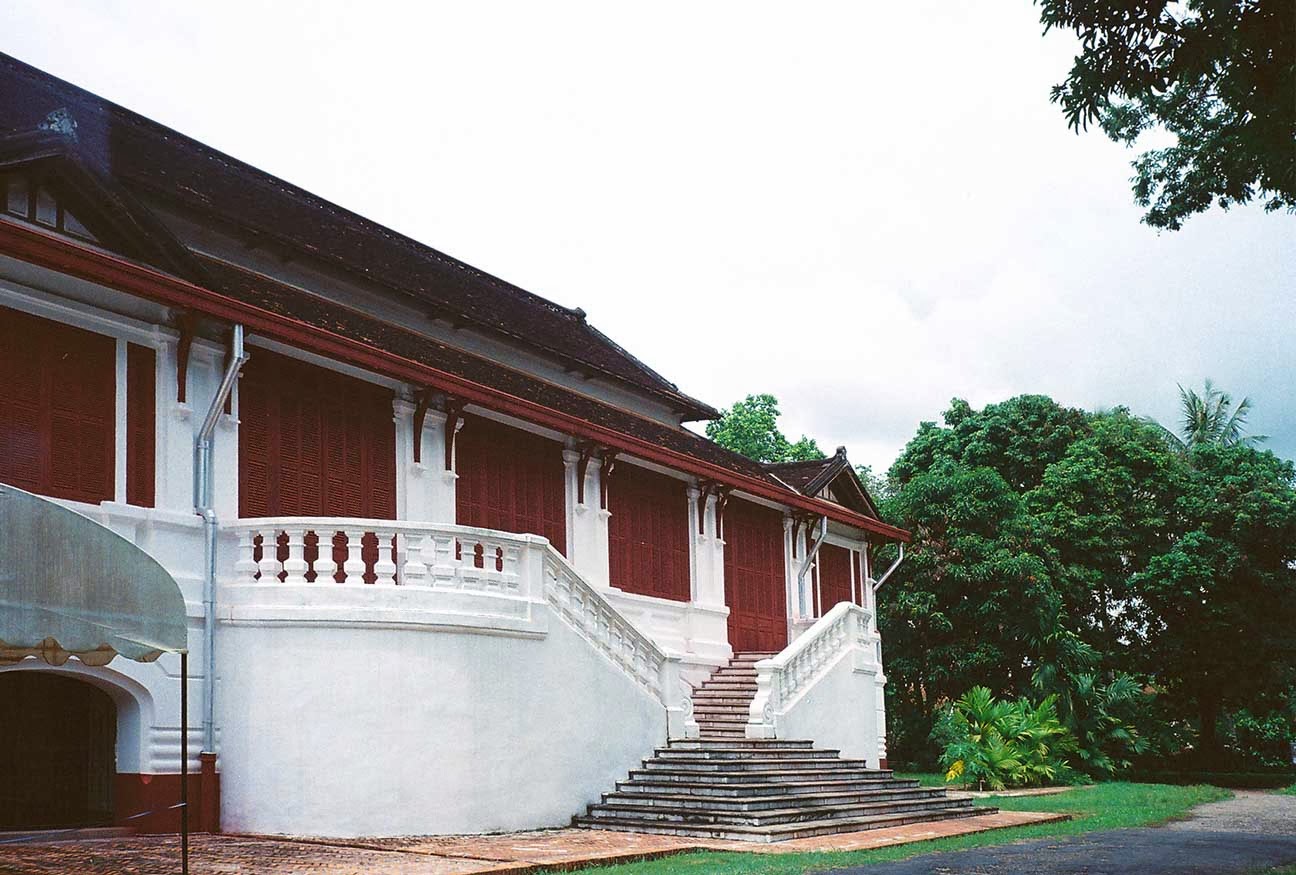

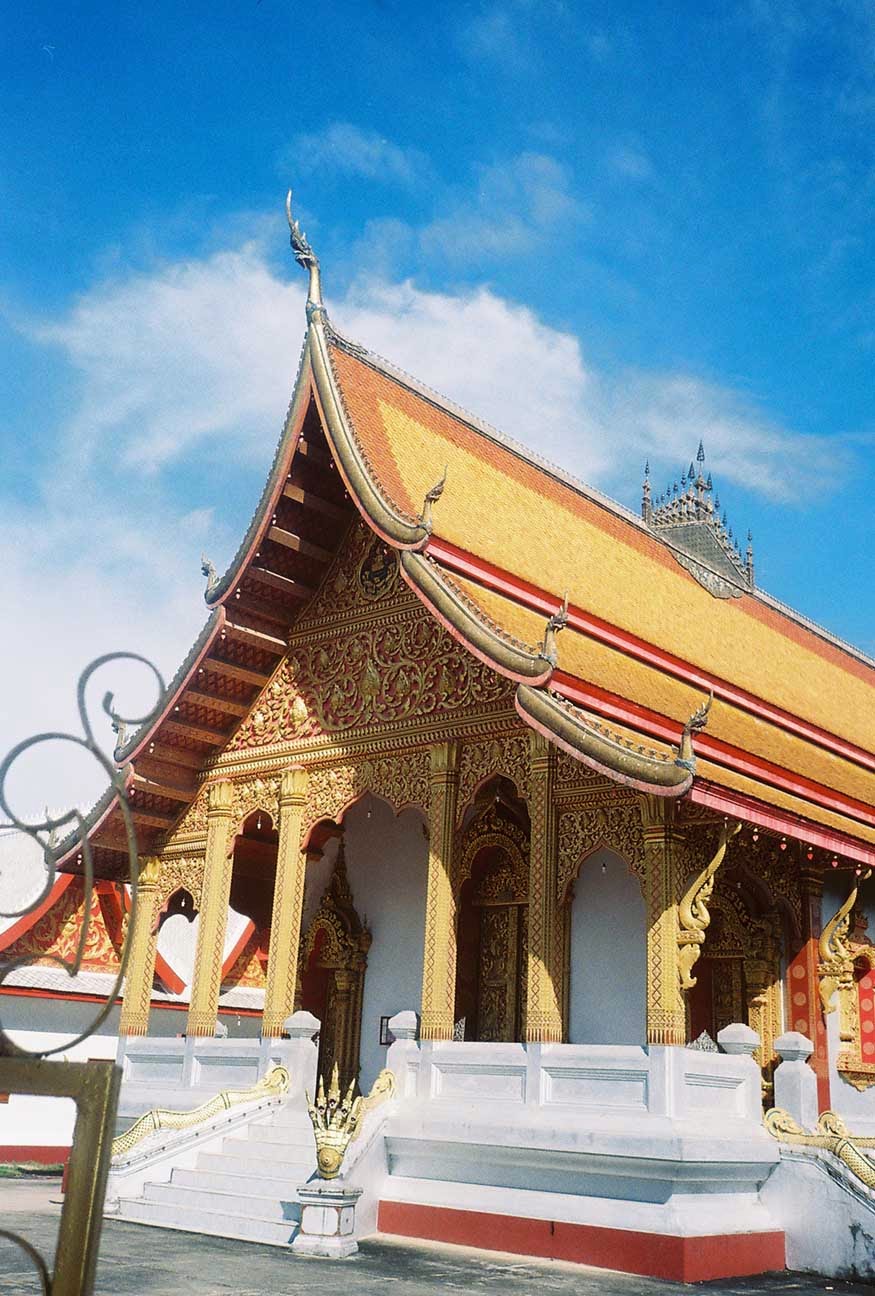

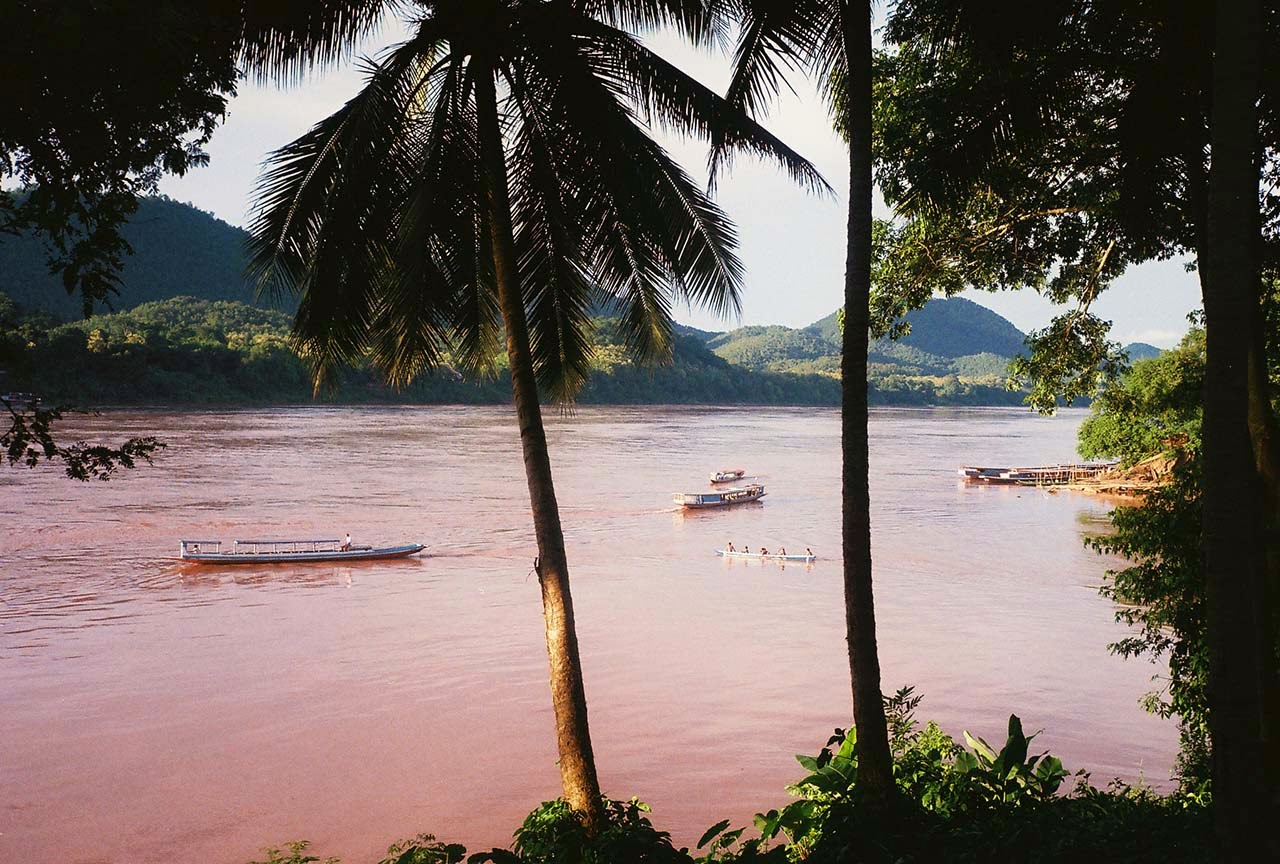
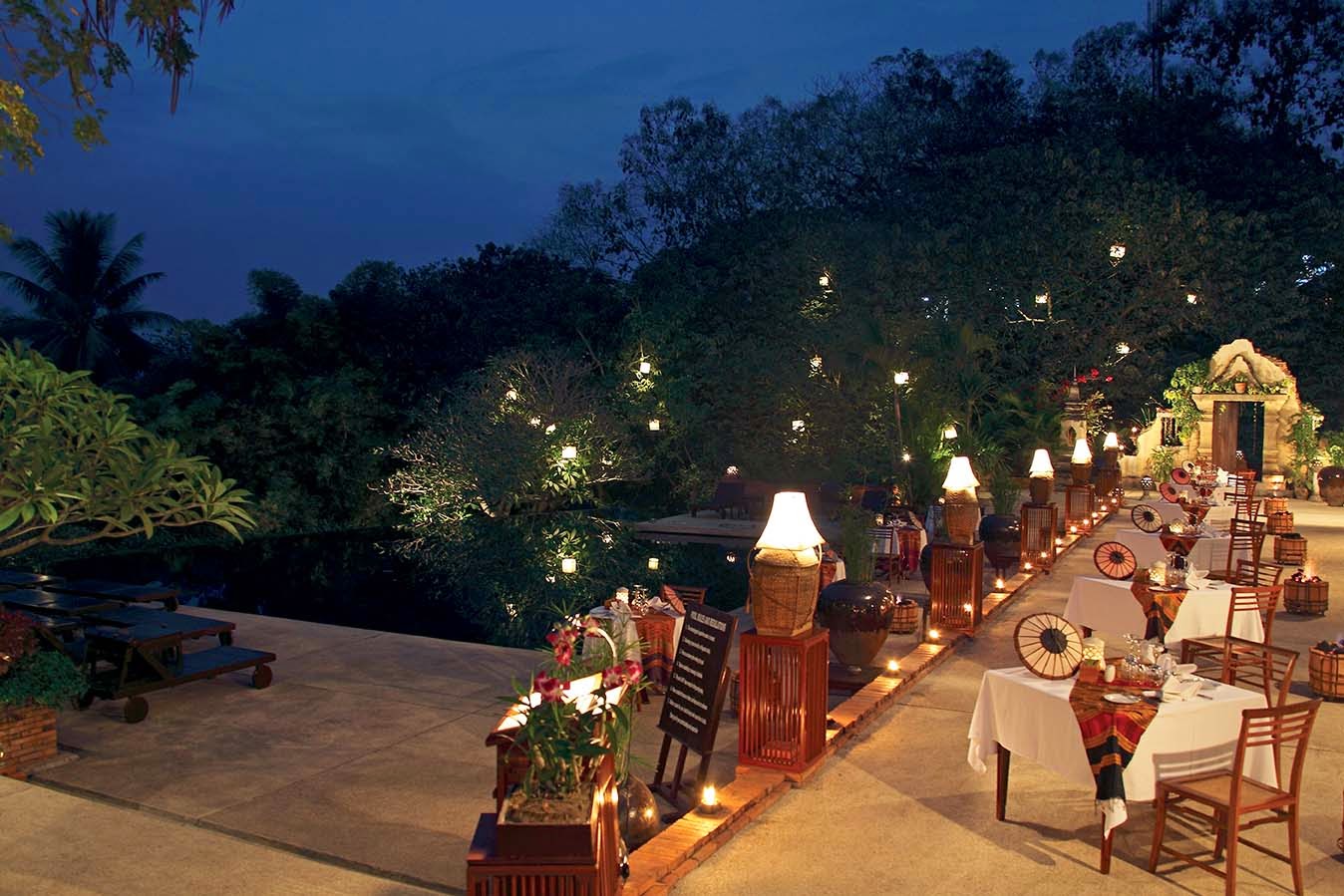

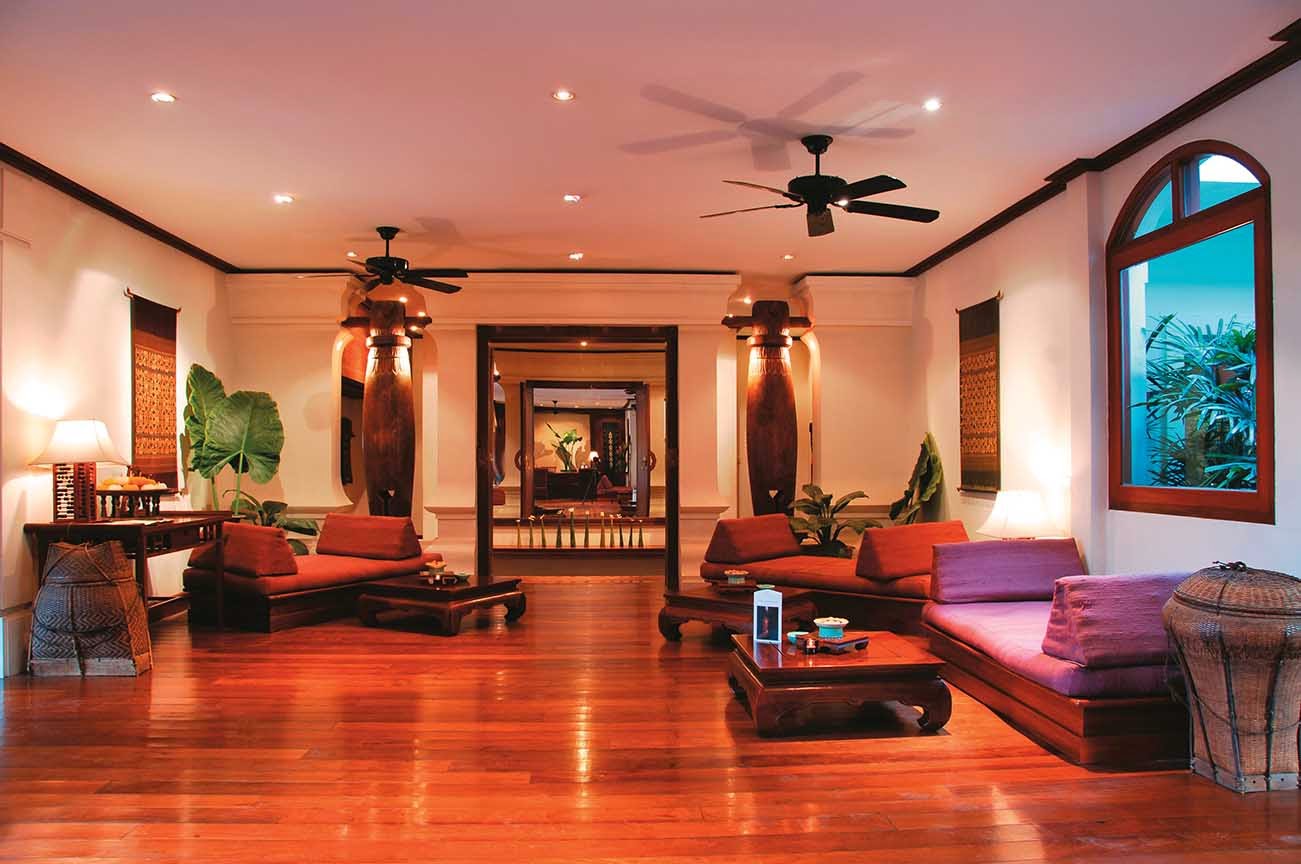



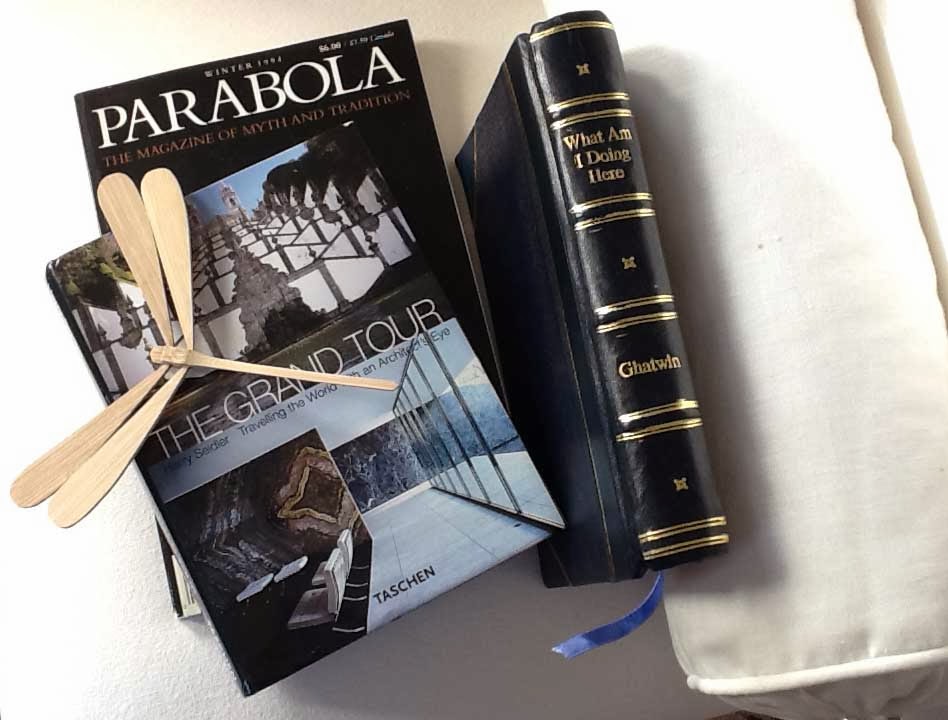






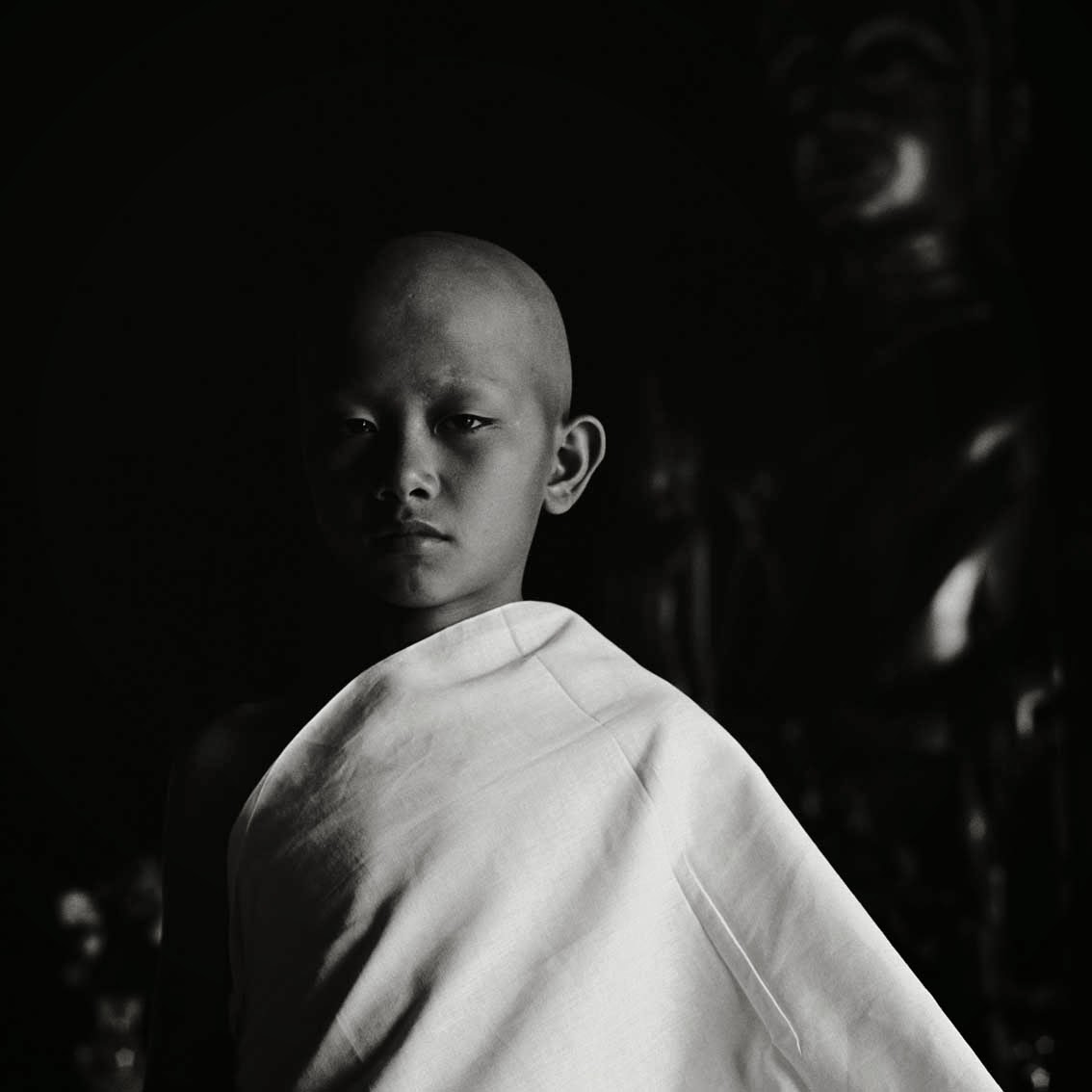
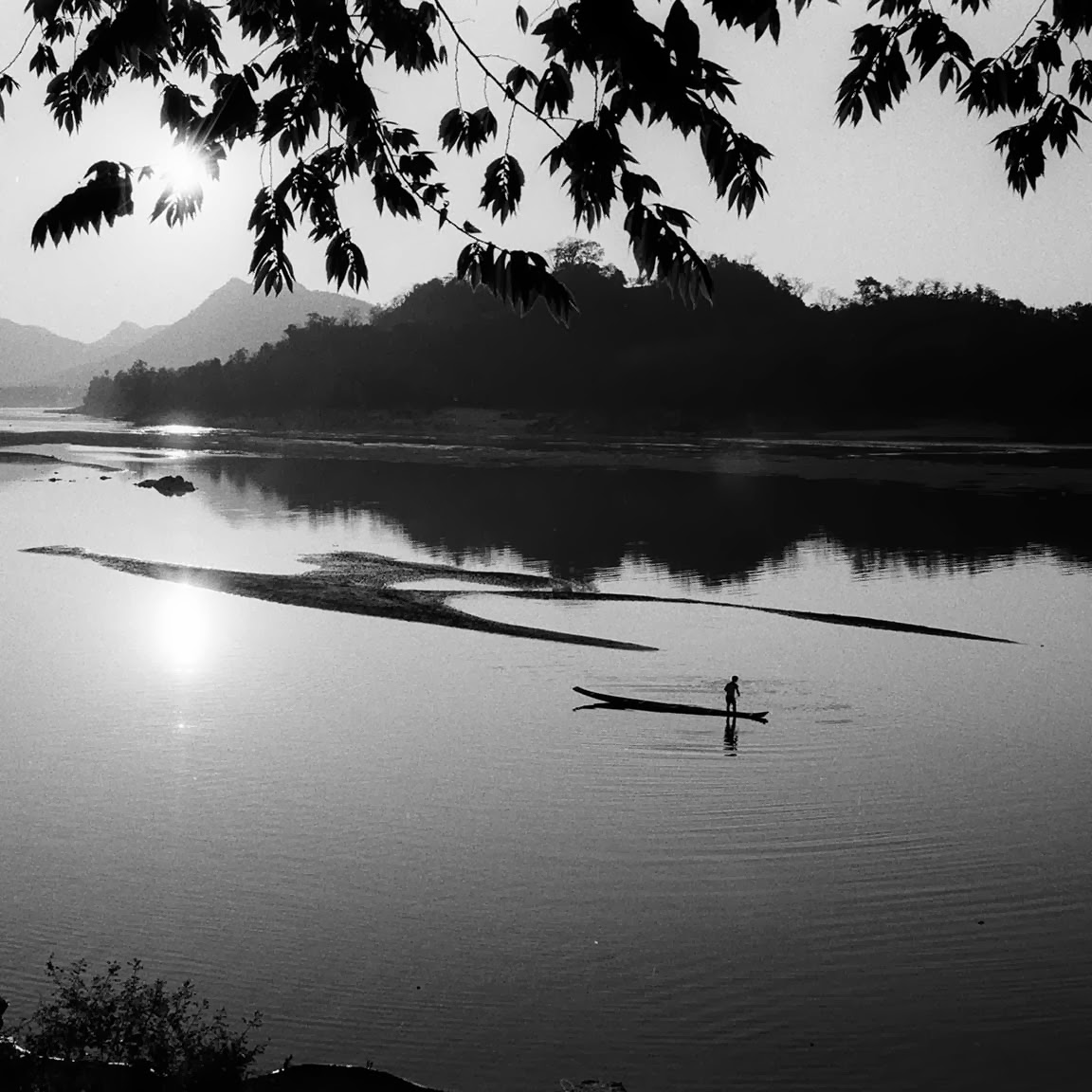
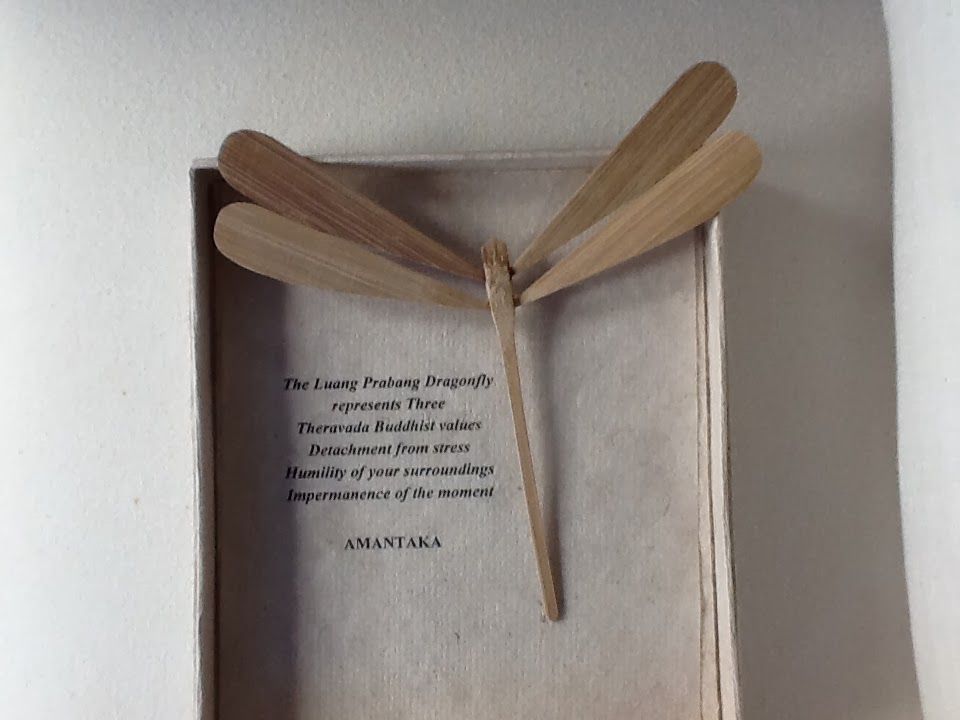

4 comments:
This takes me back Diane! It is just so lush and peaceful. I must say I don't use the word peaceful as much to describe places anymore as Luang Prabang was genuinely so peaceful...Did you go to the water falls which was about another 40 mins away from the Residence? It was so beautiful with aqua swimmable lagoons and there was a bear sanctuary there. Along the way were Hmong villages selling their wares. I am so glad you can spread the word to your wider audience.
Merci for this wonderful report. it is funny that you mentioned "follow the french" which is what i usually do when traveling. i find that in the orient especially, the french boutique hotels do have a special favor. I can't wait to read your post about your library. My favorite bookstore is actually at the Bangkok airport as they have a wonderful selection of books on the subject of Asia from small publishing houses.
Happy new year,
francine
loved the travel to Luang Prabang it was wonderful. xxpeggybraswelldesign.com
Thanks for the praise for White Lotus Press. It is not necessary to even mention the translator of the obscure books from yesteryear you love so much. At least you did not copy it without even acknowledging the work of this small press that can now hardly survive due to the extensive 'sharing' on the internet of its publishing work. Some of the French sources are now also available in English.
Dr. Walter E. J. Tips, translator
Post a Comment